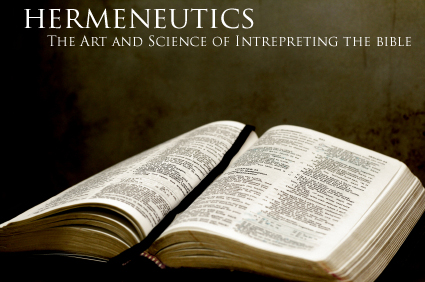by Daniel Thomas
– When interpreting Scripture it is vital that the interpreter purges any preconceived perceptions on which they believe the Scripture ought teach and place the focus on what the original writer intended. To mask the interpretative process with any notions of theological meaning jades the view of the interpreter and aides in an ill conceived construction of theology (whether proper or not; the ends do not justify the means).
Masked by its perceived “grammatical-historical” hermeneutic method, the progressive dispensationalist incorporates a theological aspect to their hermeneutical method; thus, truly, adopting a historical-grammatical-literary-theological hermeneutic. This “grammatical-historical” hermeneutic represents a significant discontinuity with its lineage of traditional dispensationalism, in that it incorporates the interpreter’s preunderstanding of the interpreted text, in which this contrast rescinds objectivity in favor of the interpreter’s own bias.
The historical dimension of the progressive dispensationalist’s hermeneutic adopts a three-fold interpretation: (1) the text’s original setting; (2) the “complimentary” reading incorporating future events; (3) interpretation based on the Biblical canon as a whole. Following this three-fold historical definition, the interpreter logically concludes that the textual meaning is dynamic, not static, and leads to the interpretation with multiple meanings, in direct contrast to the single meaning principle of tradition literal hermeneutics.
After examination of the progressive dispensationalist’s hermeneutical method, it is discernable that the method of interpretation directly correlates to the theological outcome of the interpreter. This marks the imperativeness of a correct hermeneutical method in order to obtain an unadulterated Biblical theology.
Originally posted on dat.so.
